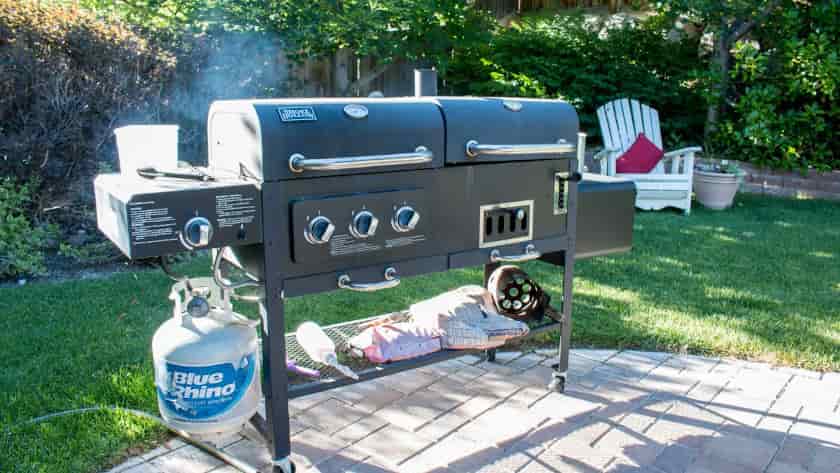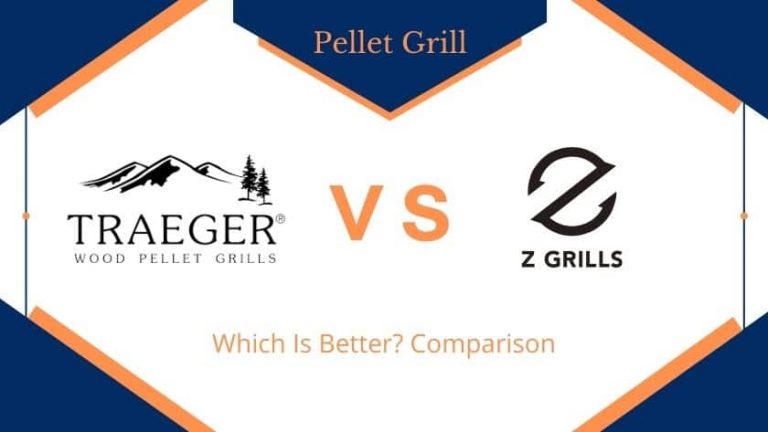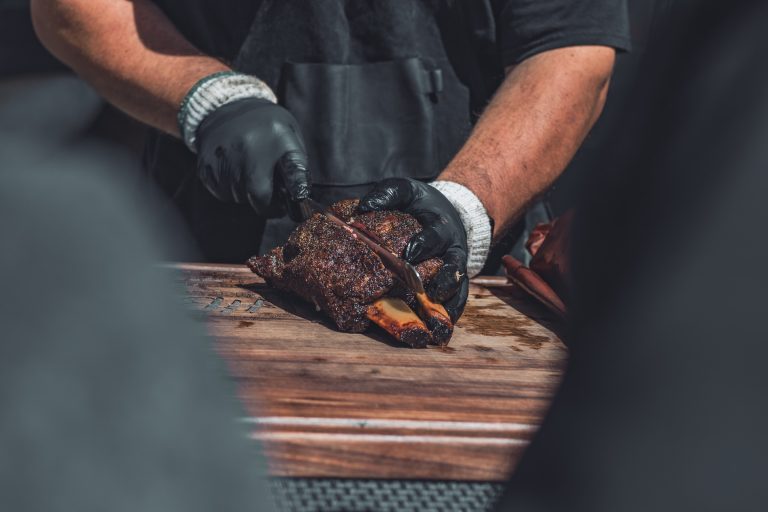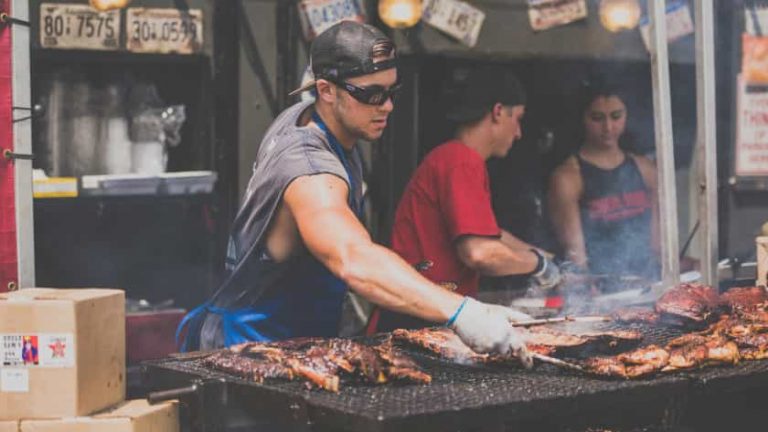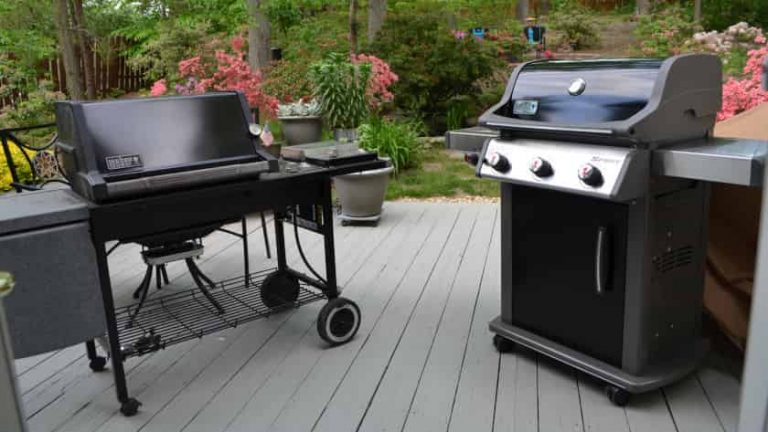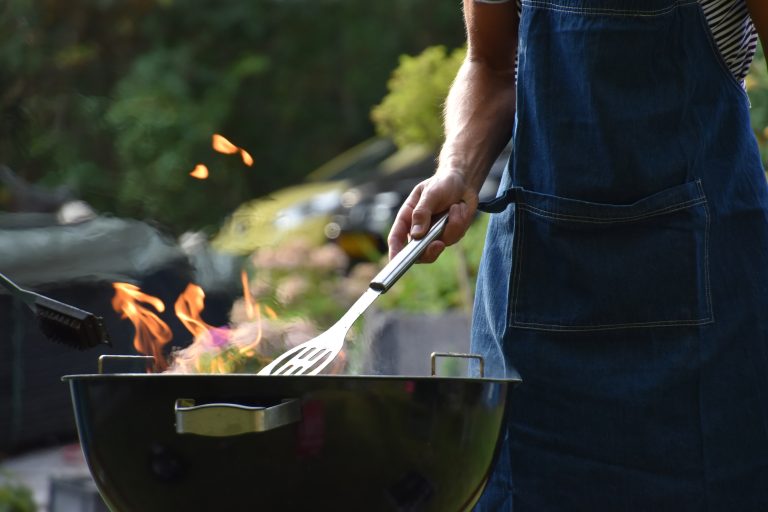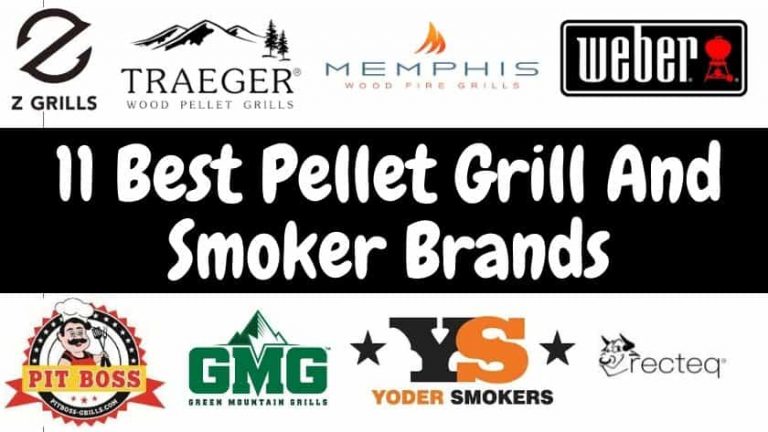Do I Need A Regulator For My Propane Grill?
Propane grills offer a wonderful cooking experience that’s not easily replicated by indoor appliances.
But working with these convenient cookers can be complicated; specially for beginers.
Working with propane requires a diligent commitment to safety. Many of the more common questions about propane grills involve regulators, their necessity, and how they work.
Here’s a quick rundown on the basics of regulators and why they’re so important for the functionality of your propane grill.
Do I Need A Regulator For My Propane Grill?
Yes. Your propane grill needs a regulator to ensure that the flow of propane is at an appropriate, steady, low pressure.
Without a regulator, not only would the pressure of the propane in your grill vary greatly as you emptied the tank, but it would also be catastrophically high, causing all sorts of dangerous issues and malfunctions.
Not only does your grill need a regulator, but it also needs one that’s appropriate for the other components. You can’t just choose any regulator off the shelf.
That said, there is one situation where your grill might not need a regulator.
If you’re hooking your grill up to a supply of propane or natural gas that already has a regulator on it, you might be okay to operate it without an additional regulator.
This usually happens when you hook it up to a house gas line. If this is the case, make sure you know what the pressure of your line is and consult the manual for your grill to see what steps, if any, you have to take.
What Does A Propane Regulator Do?
A propane regulator adjusts the pressure of a flow of gas to a steady, lower level. Propane regulators have an input side and an output side. The input side is hooked up to a propane tank or another source of propane.
Propane flows through the regulator to the output side, often to a grill or other appliance. As gas flows out of a propane tank, the pressure inside the tank changes.
If gas is allowed to flow out of the tank unregulated, the pressure can vary from over 200 pisg to under 10 pisg.
Most propane grills are meant to run on a flow of propane with a steady pressure of about 0.4 psig, or 11 inches water column.
The propane regulator takes the high-pressure flow from the tank, lowers the pressure, and keeps the flow steady.
What If You Do Not Use A Regulator?
In the absence of a regulator, you’re subjecting your propane grill to flows of unusually high-pressure propane. This can damage components, cause leaks, cause the grill to malfunction, or even cause the grill to explode.
The low end of the pressure range from a typical propane tank is about 20 times higher than the amount of pressure your propane grill is designed to handle.
The high end is about 10 times higher than that, or 200 times higher than the amount of pressure your grill is designed to handle.
Are All Gas Grill Regulators The Same?
Gas grill regulators differ in a number of important ways.
There are regulators designed for high pressure, regulators designed for different input and output sizes, regulators with multiple stages to smooth out operation and safely lower pressure more, and regulators with different levels of adjustment.
For the purposes of appliances, there are also regulators designed to work indoors and regulators that are designed to work outdoors.
Indoor regulators try to minimize the amount of gas they let out into your house, while outdoor regulators are designed to keep debris, bugs, and other foreign objects out of their chambers.
How Does a Propane Regulator Work?
A propane regulator is a simple machine. It’s got two chambers, a diaphragm in the second chamber, and a valve between them.
Gas flows through the input line, through the first chamber, through a valve to the second chamber, and then out the output line.
As the diaphragm in the second chamber experiences pressure, it closes the valve from the first chamber.
A screw at the top of the regulator usually allows users to adjust the amount of pressure necessary to close the valve. Two-stage regulators are basically two normal regulators back-to-back.
Other regulator variants are constructed to different standards, have slightly different internal parts, or have other small modifications to this basic design to achieve slightly different functionality.
In all types of regulators, however, the basic operation is the same.
How Do I Know What Propane Regulator I Need?
You’ll probably want a 2-stage regulator setup for a 100-lb propane tank. Big tanks can have output pressures of over 172 psig, meaning you’ll want a powerful regulator to control the flow.
Hooking up a smaller regulator could potentially lead to problems. That said, be sure to match the output of your regulator with the input of your grill.
A small propane grill doesn’t need the same amount of gas as a bigger 160,000 BTU model.
To figure out what propane regulator you need, first, consult your grill manual. Getting information from your grill’s manufacturer is best.
If that doesn’t work, figure out the BTU output of your grill. Propane regulators for grills are made to different standards. The higher the BTU of your grill, the more power you’ll need out of your regulator.
If your grill outputs under 60,000 BTU, you’ll probably want a basic regulator kit. Between 60,000 and 200,000, pair a first-stage regulator with a second-stage regulator or use an appropriate single-stage regulator.
If you’re using something like an industrial fryer, look for a high-pressure regulator. You do NOT need a high-pressure regulator for most consumer propane grills.
To determine how many BTUs your grill outputs, look for stickers on the outside of the grill, consult the manual, or look up the name of the grill on the internet.
What Psi Should A Gas Grill Regulator Be?
The type and model of your grill determine the ideal output of your gas regulator. On most low-pressure propane burners, you want your regulator to deliver propane at a pressure of 11 inches water column, or about 0.4 psi.
For high-pressure propane burners, however, you’ll want to deliver gas to your burners at between 1 and 60 psi.
Most consumer propane grills use low-pressure burners. Many grills advertised as “high-pressure” simply use a regulator to lower the pressure of propane before it reaches the burner.
This means in most cases, you want your regulator to output about 0.4 psi.
Before setting it up for anything different, be sure that you’ve fully researched your grill and that you know it’s designed for a higher pressure flow of propane.
How To Tell If Your Gas Grill Regulator Is Bad?
A bad regulator will affect the operation of your grill in many different ways. Here are some of the more obvious signs to look for to see if your regulator is causing issues.
Your grill gets less hot over time
If it took 10 minutes to cook something a few days ago and 15 minutes to cook something today, there’s something that’s changing the flow of gas to your burners. This usually means you’ve got a faulty regulator.
Your burners heat unevenly
Differences in heat, flame level, or time to light point to a spotty flow of gas to your burners, which often means your regulator is bad or needs to be adjusted.
You can often visually spot the difference in the output of your burners when your regulator starts to go out.
Low heat from your burners, even when they’re on high
If the maximum output of your grill seems too low, check your regulator. This is often a sign that your regulator isn’t delivering enough gas to your grill, or that you’ve got a leak or other issue with the flow of propane.
While all of these issues point to a faulty regulator, there’s also a chance that you’ve got holes in your gas hoses or other issues.
Be mindful of the smell of gas, inspect your grill for obvious holes, and listen for any hissing sounds. All of those signs suggest that your hoses might be the cause of your problems.
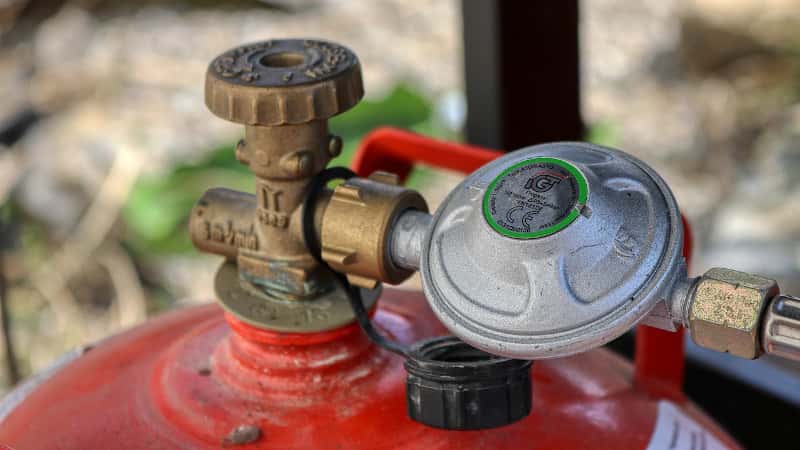
How To Adjust / Reset Regulator On Your Gas Grill
If you suspect a regulator issue, the first thing to do is reset your regulator. This is a fairly quick process that can take your regulator out of “bypass mode,” a mode that sometimes gets triggered by leaks, random chance, or lighting your grill in an improper way.
To reset your regulator, follow these steps:
- Shut the valve on your propane tank, turning off the flow of gas.
- Disconnect your tank from your grill
- Open your grill’s lid
- Turn all of your burners up to the maximum
- Wait for about two minutes
- Turn all of your burner valves off
- Reconnect the gas from your propane tank to your grill
- Slowly open the valve on your propane tank
- Light the grill in the correct order
Propane grills should be started by opening the tank, opening the burners, then lighting the burners. Turning on the burners before turning on the tank can cause your regulator to enter bypass mode, requiring a reset.
To adjust your regulator, you’ll first want to find it. It’s a small metal object that’s shaped like a fat disc.
The regulator is always found on a gas line. If it can be adjusted, it’ll have a turning knob or other method of adjusting an internal screw.
Adjusting the regulator involves turning the knob. With the knob out, the regulator lets more gas into your grill, while tightening it reduces the amount of gas your grill gets.
You’ll want to light your grill, turn the burners on high, and adjust the regulator to the minimum amount of flow that gives you the largest size flames.
In other words, turn the regulator up until the flames stop getting bigger, then turn it down until the flame starts to subside. In most grills and BBQs, you’ll be at the perfect pressure.
Final Words
Propane and gas should be taken very seriously. Before undertaking any modification to your propane grill, be sure to take all appropriate safety precautions.
Turn your gas off before changing any parts or rooting around inside your grill. If your grill had a regulator, be VERY sure that you understand its flow requirements before removing it.
Should you have any doubts about your knowledge or your ability to safely work with your grill, consult a local professional. It’s much better to spend a few dollars than to set your backyard on fire.
Related Post To Consider
How To Make Grilled Turkey Breast At Home
How To Protect And Secure Your Grill From High Wind
